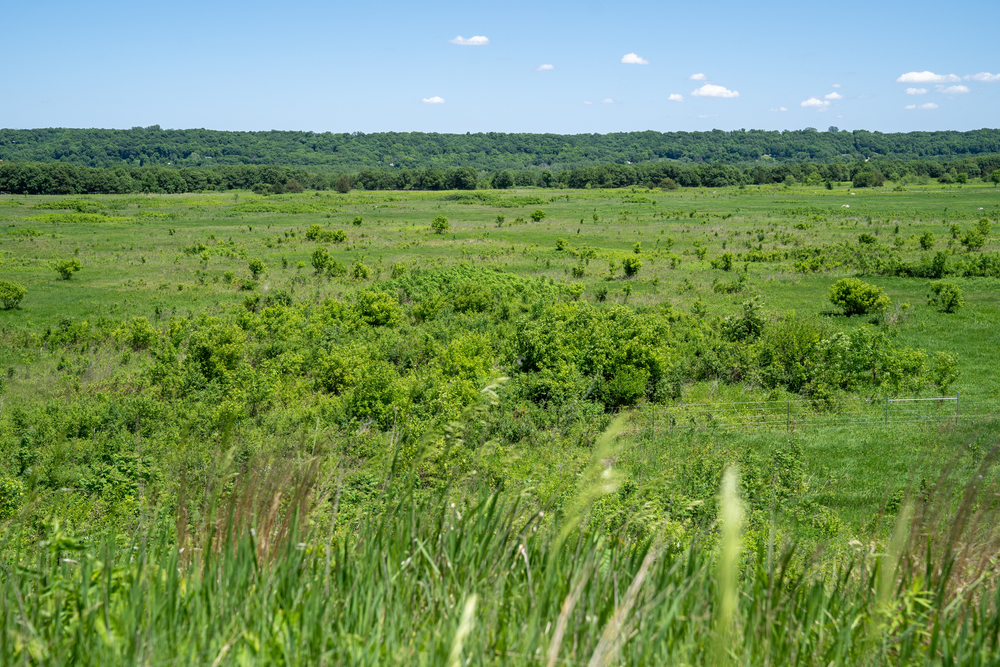A new study shows that, even after 80 years, abandoned farm fields still lacked the biodiversity and plant species of untouched sites.

How much does agriculture impact our environment? A new study, published in the Journal of Ecology, shows that, even after 80 years, sites that had once been used for farming still had not bounced back to the levels of plant diversity and robustness they had before human intervention.
The study looked at 17 different grassland sites, along test plots at the Cedar Creek Ecosystem Science Reserve in Minnesota. Each of the grasslands had previously been plowed and used for farming, but they were abandoned as early as 1927 and as recently as 2015. Since then, the fields have been left to recover vegetation naturally.
The researchers, from universities in Minnesota, Michigan, California, Germany and Austria, compared these 17 sites to grasslands that had never been plowed. “What we wanted to know was how fast and how completely disturbed grasslands can regain their biodiversity if they are left to recover,” said researcher Emma Ladouceur in a news release. “Understanding that recovery process can give us insights into how we can assist and speed it up using restoration.”
The study notes that grasslands are one of the most endangered and least protected biomes in the world, with untouched areas increasingly encroached upon. There aren’t many continuous tracts of grassland left, but they provide crucial functions for our environment. The plains help mitigate both flooding and droughts, protect against soil erosion, and provide habitat to thousands of animal species, including hundreds of pollinators. The UN Convention on Biological Diversity has even called for 30 percent of degraded land and water areas to be under “effective restoration” by 2030. As such, it’s crucial to know how long it could take to recover previously developed grasslands. Put another way, how long would it take to undo the damage that humans can cause to a pristine landscape?
As it turns out, it takes a long time—possibly never, if the land was left alone. The research shows that, even after 80 years, none of the fields had recovered to the point of the never-plowed sites. On average, the previously farmed areas hosted only 65 percent of the species that the untouched areas did, and there were more than 60 unique plant species that grew on the untouched sites but never reappeared on the test plots.
Ultimately, this could mean that a solution for previous human intervention is…more human intervention. This time, however, humans would be there to offer a helping hand to speed up the restoration process. “Specific restoration measures could include the seeding or planting of species that we know are not part of the composition of recovering fields, combined with the management of exotic species to reduce competition with native species,” said Ladouceur.
Here is another example why the government paying farmers to take fields out of production makes no sense. It makes allot more sense deinsentivise poor farming practices which degrade the landscape while educating the masses about true regenerative agriculture. All the while, we must protect remaining natural landscapes from becoming feed, food, and fuel at the cost of our fragile ecosystem.
To approximate 80 years, “s long time,” with “possibly never” is very, very short sighted
80 years is a long time. We need have strategies to recover abandoned fields faster